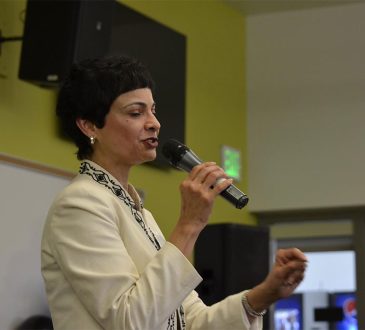Three Tech Predictions for Office Space Analytics in 2022

2022 is here and for companies the pandemic reality has continued. Most back-to-the-workplace plans have been delayed more than once, having to evolve with the latest twists on the roller coaster we are collectively riding. And now with the Omicron variant, the ride continues.
The return to the office has been gradual, a dipped toe in the water for many, but the trend toward hybrid working models took center stage. A wholesale change of where, when and how we work is dramatic. I believe the transition from hypothesis to reality will begin in earnest in spring – but 2022 marks just the opening chapter of the office space’s long-term transformation.
Here are my three predictions for office space analytics as we move into 2022:
- We are only at the initial stages of a long-term transformation of how we use the office.
New vaccines brought hope and relief for many, but there is still the need is there to balance public health and safety while in-person work continues. Productivity, culture and retention play a demonstrable role in company experience, culture, values and service, so the desire to get back to the office in some capacity will continue. For 2022, it will be a game of two steps forward and one step back until the pandemic is truly behind us. - People’s behavior in a space will matter more than ever.
Real estate and facilities teams will start to recognize the limits of understanding ‘how many’, and start to ask about ‘who, when, how, how often and where’. This is the year when corporate real estate professionals must move beyond “people counting” alone to understand the needs of both operations and their employees. Early adopters of such ‘people counting’ systems will experience new challenges related to data fidelity and scale across larger facility footprints. They will realize that counting bodies doesn’t provide enough insight about the real behavior of the various teams that share their office space, and the cost to deploy dense sensor infrastructures to get better data resolution is prohibitive.Data that can provide insight into the nuances of different team behaviors will become an imperative in a hybrid model. Without it, companies will have to treat the entire employee base as one monolithic average. This lack of resolution in the data will limit how their investments in resources and real estate map back to growth plans, and impact the insights that may help stem the tide of the great resignation, the great reshuffle – however top talent chooses to realign their careers.
- Companies will turn to tech to fill productivity gaps
For those of us who have already returned to the office in some capacity, it’s clear that the “new normal” is still being defined. With flexible schedules and many employees only returning a few days a week, office requirements change daily with every combination of people within it. Dynamic offices are the expectation now, and needed to boost productivity and guide companies out of the fog.Leaders must turn an office space into a service – one that gives employees frictionless access to technology and resources, provides hubs for collaboration, and includes technology for staff to schedule their time, book resources and rooms, find answers to urgent questions quickly, and more.
Of course, health and safety will continue to be paramount as we move through this latest variant of concern and whatever else is to come. If employees don’t feel safe or supported they won’t be productive. This includes mental health: as employees determine new boundaries, we will see increased priority placed on redefining performance management to help employees maximize their motivation, efficiency and choices.
Written by James Wu.
Add CEOWORLD magazine to your Google News feed.
Follow CEOWORLD magazine headlines on: Google News, LinkedIn, Twitter, and Facebook.
This report/news/ranking/statistics has been prepared only for general guidance on matters of interest and does not constitute professional advice. You should not act upon the information contained in this publication without obtaining specific professional advice. No representation or warranty (express or implied) is given as to the accuracy or completeness of the information contained in this publication, and, to the extent permitted by law, CEOWORLD magazine does not accept or assume any liability, responsibility or duty of care for any consequences of you or anyone else acting, or refraining to act, in reliance on the information contained in this publication or for any decision based on it.
Copyright 2024 The CEOWORLD magazine. All rights reserved. This material (and any extract from it) must not be copied, redistributed or placed on any website, without CEOWORLD magazine' prior written consent. For media queries, please contact: info@ceoworld.biz
SUBSCRIBE NEWSLETTER








